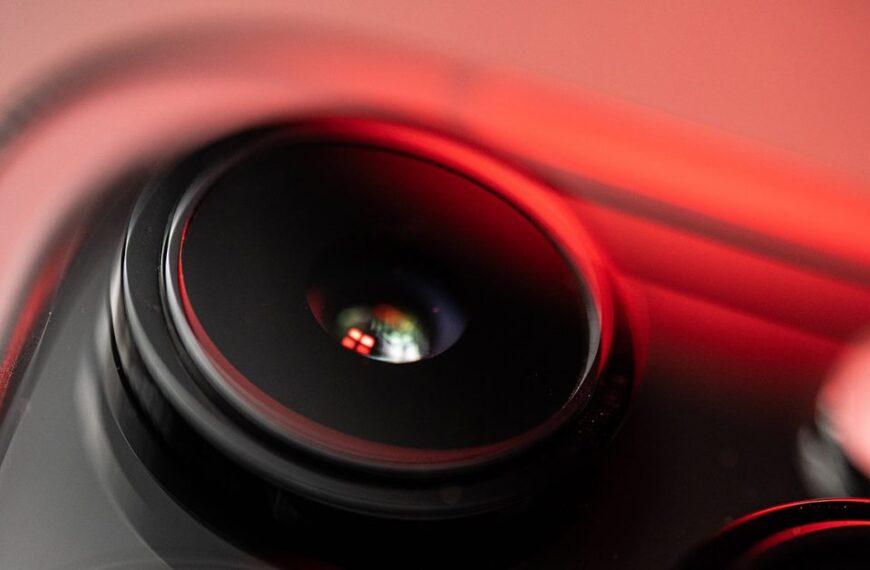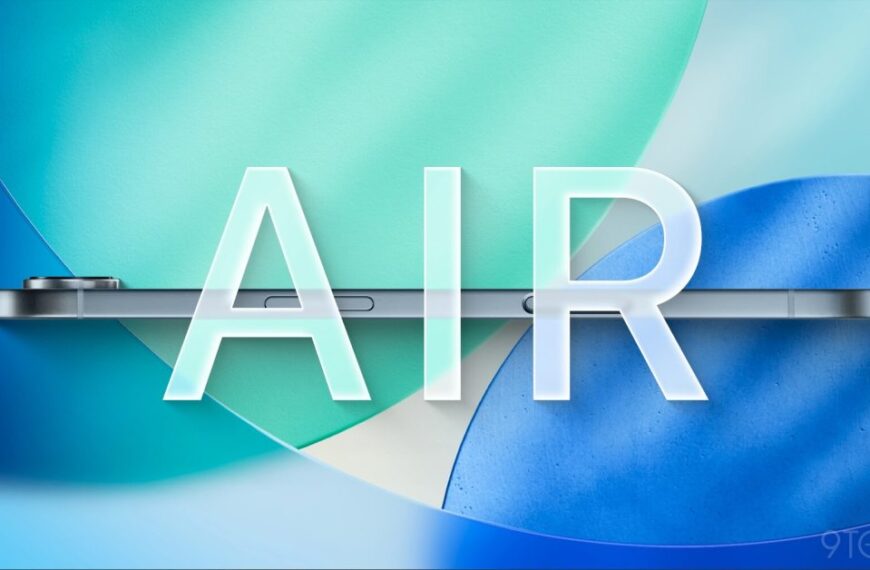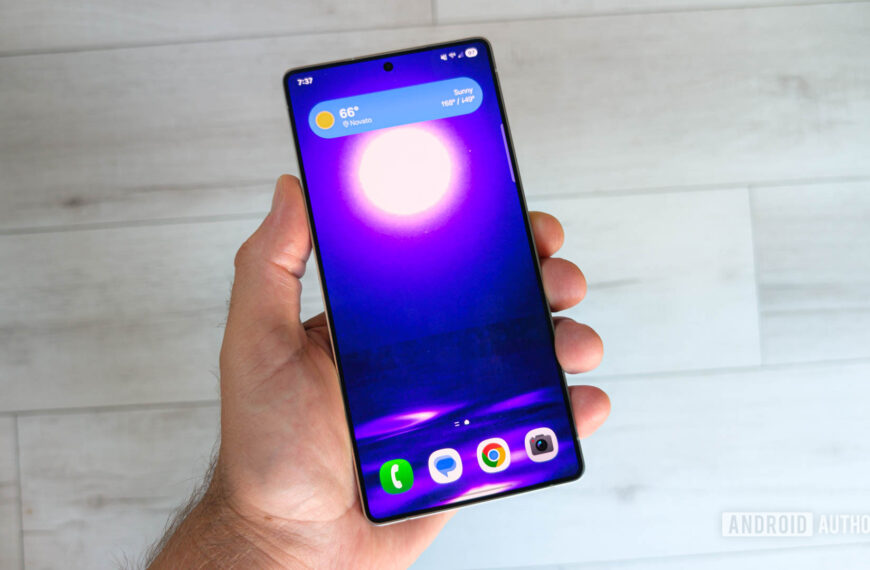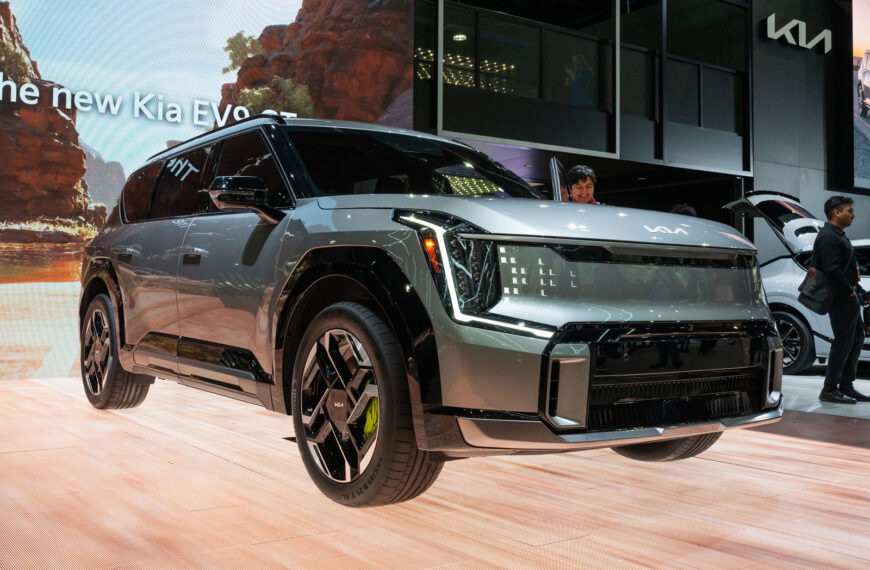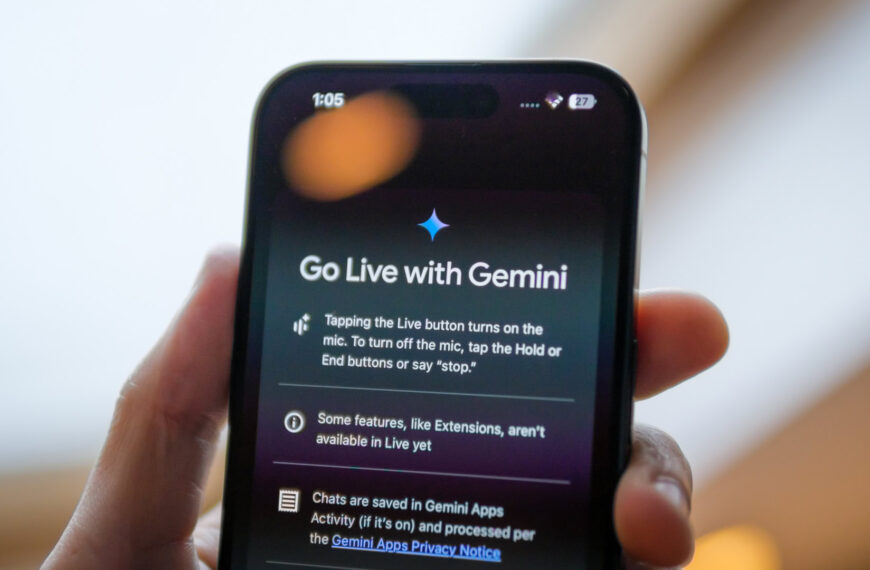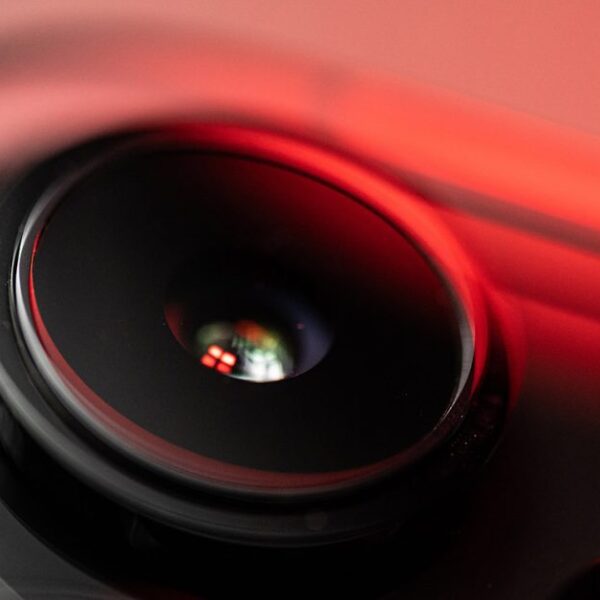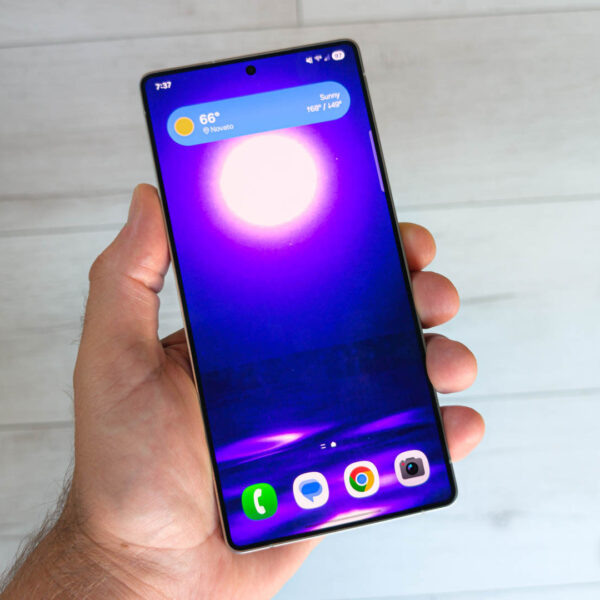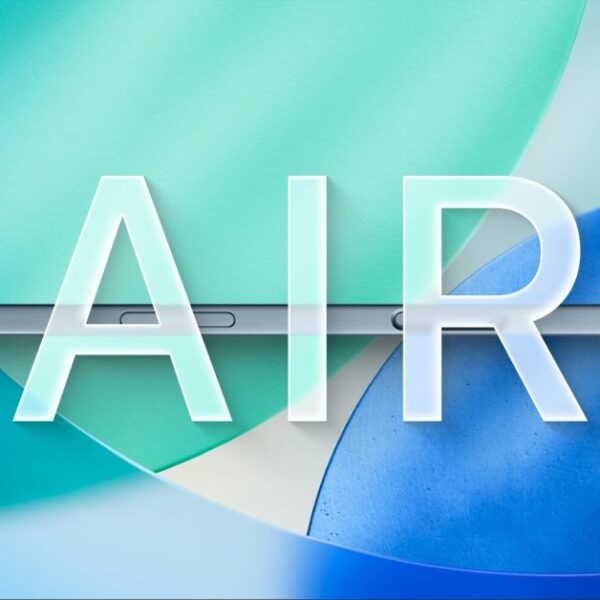
Ryan Haines / Android Authority
Yesterday, Nothing confirmed a key specification for the Nothing Phone 3: its chipset. Nothing has made it very clear that the Nothing Phone 3 will be a high-end flagship release, going out of its way to refer to the phone as a “true flagship.” As such, many of us expected the Nothing Phone 3 to get Qualcomm’s current flagship chip, the Snapdragon 8 Elite.
However, that’s not the case.
It’s now official that the Nothing Phone 3 will use Qualcomm’s newer, but slightly less powerful, Snapdragon 8s Gen 4 chipset. It’s still a powerful piece of silicon, but it’s not Qualcomm’s greatest and most powerful. As such, some folks are (rightfully) upset that Nothing’s “true flagship” smartphone won’t have a flagship chip.
I understand the frustration, but I think using the Snapdragon 8s Gen 4 instead of the Snapdragon 8 Elite is a potentially great move.
What do you think of this chip choice for the Nothing Phone 3?
2277 votes
Not the best, but still darn good
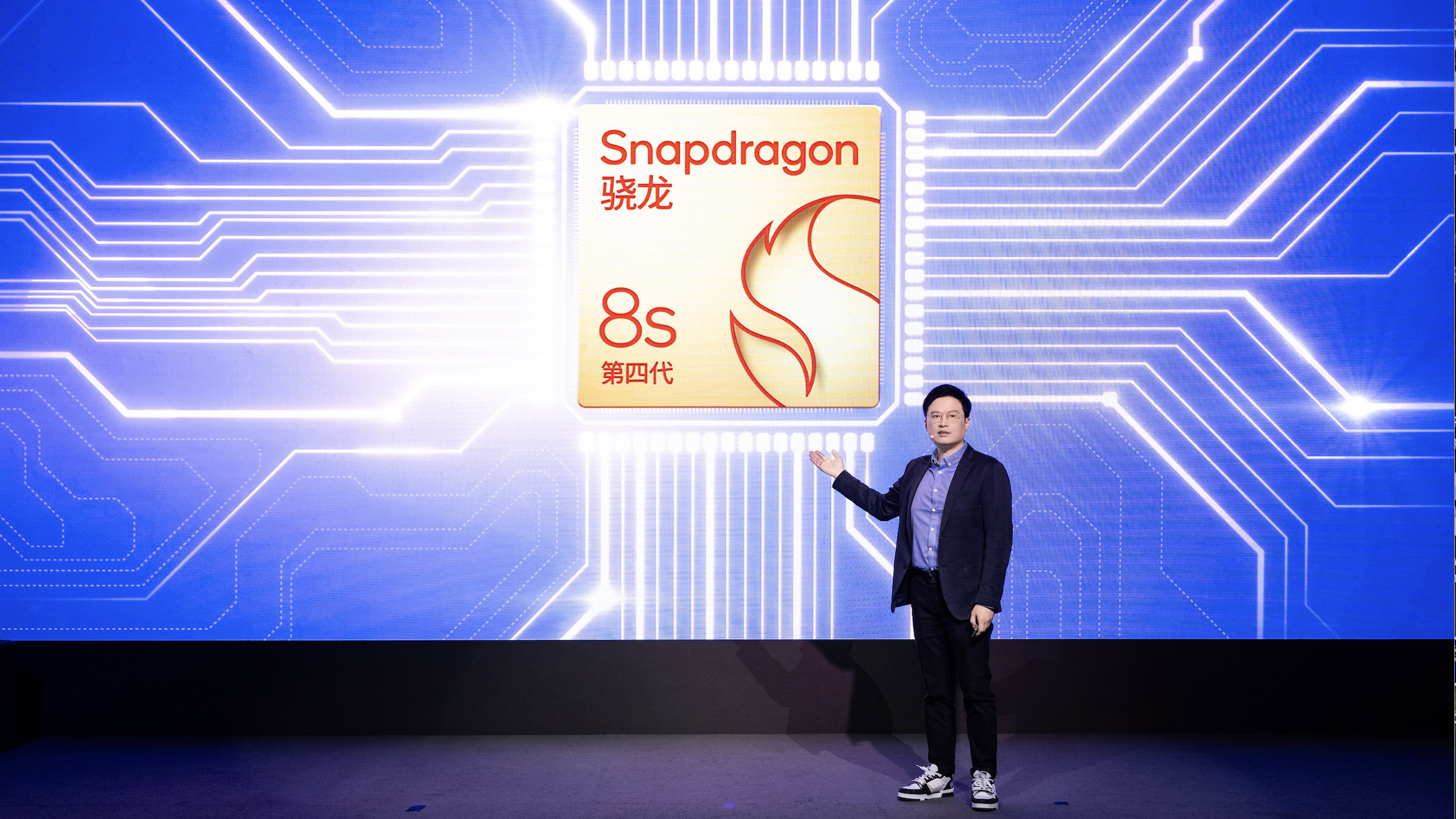
Compare the two Snapdragon chips side-by-side, and you can easily point out the differences between them. Instead of Qualcomm’s Oryon CPU found in the 8 Elite, the 8s Gen 4 uses the older Kyro CPU. The Snapdragon 8s Gen 4 also has a 35% lower CPU clock speed, a slightly slower GPU, and an older 4nm design (versus the 3nm Snapdragon 8 Elite).
There are other compromises, too. The Snapdragon 8s Gen 4 doesn’t support 8K recording or 4K/120fps slow-motion video. It also lacks mmWave 5G. All of those things, meanwhile, are readily available on the Snapdragon 8 Elite.
The Kyro CPU isn’t Qualcomm’s newest design, but the configuration in the 8s Gen 4 is still impressive, featuring one Cortex-X4 prime core clocked at up to 3.2GHz and seven Cortex-A720 cores (three at 3.0GHz, two at 2.8GHz, and two at 2.0GHz). The result is a chip that’s 31% faster than the Snapdragon 8s Gen 3 and 39% more efficient. Plus, since it’s a unique setup that features all big cores and no little cores, it could even outperform the Snapdragon 8 Gen 3 in multi-core performance.
I can’t look at the Snapdragon 8s Gen 4 and be disappointed that it’s the chip Nothing chose.
There’s more to like, too. GPU performance is 49% better on the Snapdragon 8s Gen 4 compared to the 8s Gen 3, and there’s on-device ray tracing. The chip also supports 4K/60fps video recording, Wi-Fi 7, and Bluetooth 6.0.
We’ve yet to use a phone with the Snapdragon 8s Gen 4, but based on its spec sheet alone, I can’t look at the chipset and be disappointed that it’s the one Nothing chose for the Nothing Phone 3. Is it the number one most powerful Qualcomm chip that Nothing could have used? No. But it’s also silly to pretend that anyone but the most hardcore users will find it lacking in power.
The main benefit of using the Snapdragon 8s Gen 4

There’s another upside to the Snapdragon 8s Gen 4, and it’s perhaps the most important one. Since it’s a less powerful chip than the Snapdragon 8 Elite, that also means it’s cheaper, which makes it a lot more likely for Nothing to deliver its “true flagship” smartphone experience at a lower price than the competition.
Nothing has confirmed that the Nothing Phone 3 will cost £800 in the UK, while rumors have suggested a $800 price in the US. With the Snapdragon 8s Gen 4 confirmed, it becomes more likely that the $800 US price is accurate. And with Nothing saving some cash on the chipset front, that theoretically gives the company more wiggle room to ensure it delivers on other aspects of the phone, such as its design, cameras, battery, software, etc.
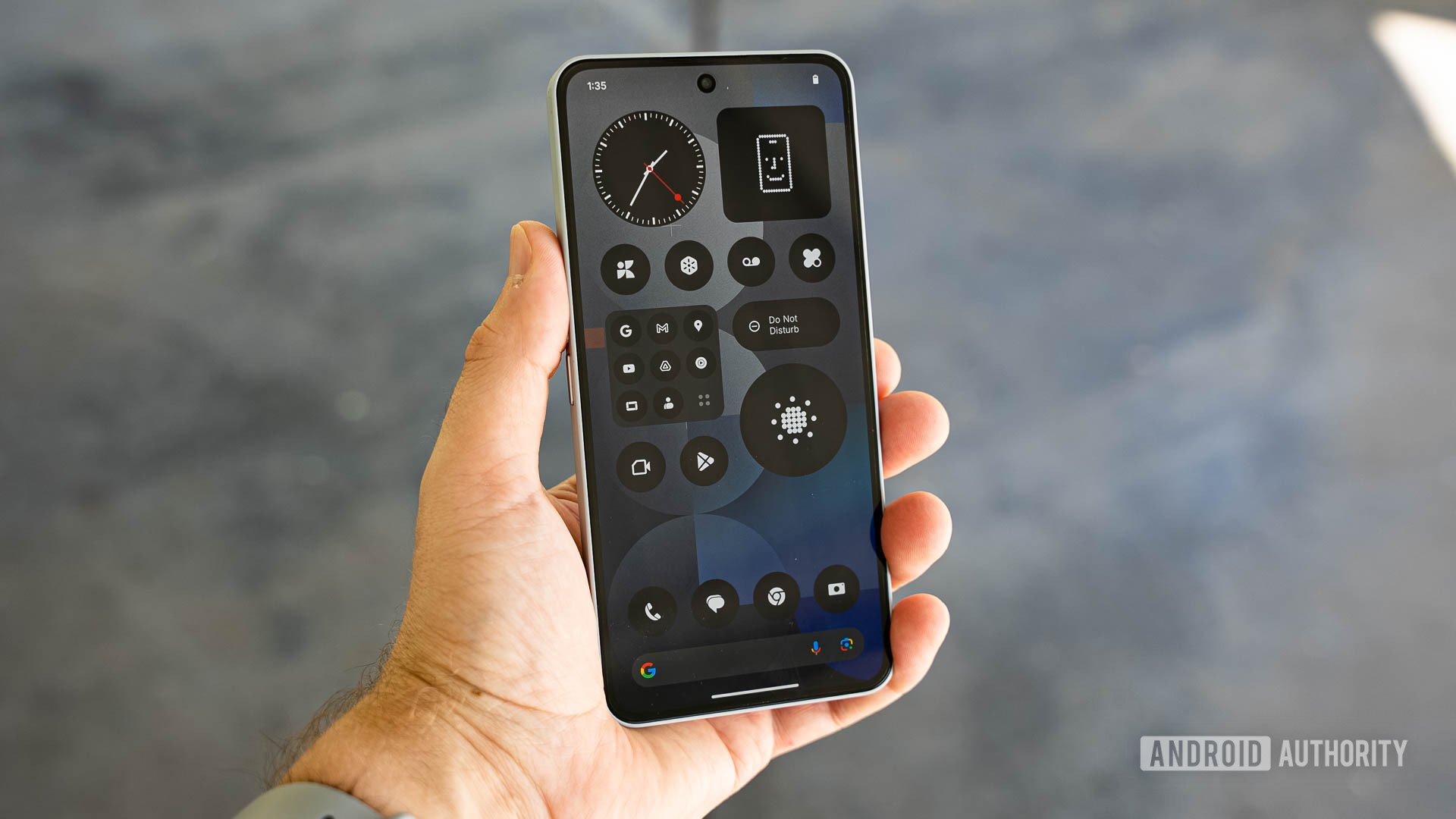
C. Scott Brown / Android Authority
Could Nothing have swung for the Snapdragon 8 Elite and still hit the rumored $800 MSRP? Sure. Samsung does precisely that with the Galaxy S25, but as we’ve seen with that phone, this also comes at the expense of bland designs, outdated camera sensors, and mediocre battery and charging specs.
There’s still a lot that’s unknown about the Nothing Phone 3, but the confirmation of the Snapdragon 8s Gen 4 means we’re likely looking at one of two outcomes. On the one hand, it’s entirely possible that Nothing won’t do anything special with the rest of the Phone 3, and we could get a handset with a compromised chipset for no real benefit.
Picking the Snapdragon 8s Gen 4 could be Nothing’s best decision for the Nothing Phone 3.
But on the other hand, Nothing could still deliver on the “true flagship” promise. It may have seen the Snapdragon 8s Gen 4 as a way to offer flagship-like performance while ensuring it can execute a flagship camera, long battery, fast charging, and excellent software at a lower price than if it had gone all out with the Snapdragon 8 Elite. That’s the ideal outcome, and it’s the one I like to think we’re headed toward.


